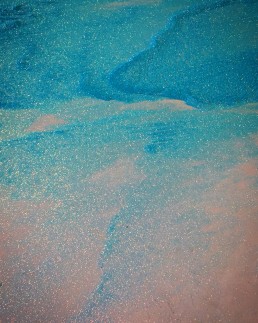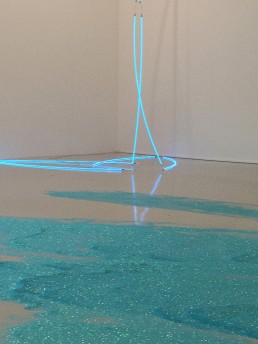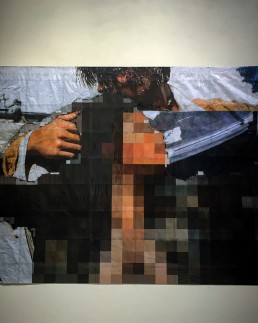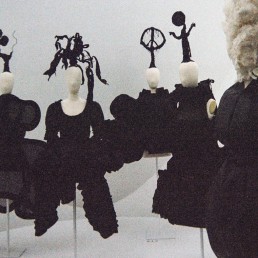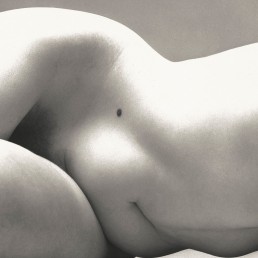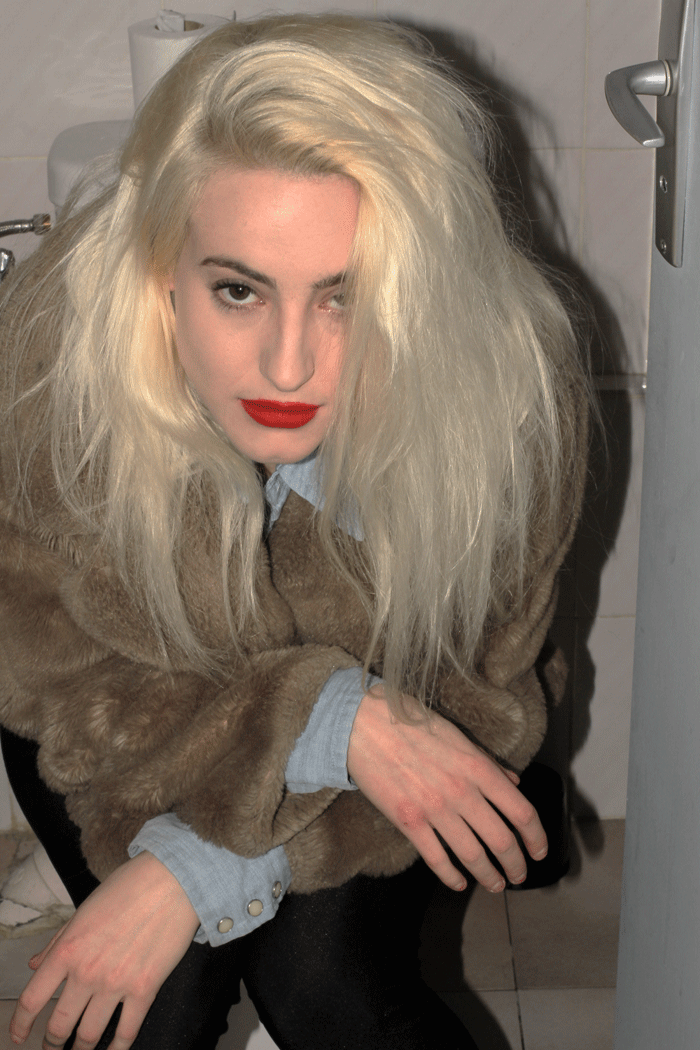The Frac Franche-Comté questions what’s the link between syncope and ecstasy. What are these feelings in a modern and contemporary world?
Stéphanie James, the curator of “Syncopes Et Extases, Vertiges du Temps” took 8 years questioning the artistic vision of our current society, how all these emotions and human acts can be translated into a piece of art. She imagines this exhibition into three parts: the effects of a syncope, ecstasy and the final syncope (which can be called a blackout). Each piece of art available has its own answer to the question of ecstasy. Among the artists displayed during the exhibition, you can find some pieces of art of Clément Cogitore, François Morellet, Neo Rauch as well as Salvator Dali.

Salvatore Dali photography
This exhibition is about the state in which our body finds itself when it loses conscience and abandons itself in a form of spirit escapes. A consciousness body that undergoes all of its gravity, eyes closed or half-closed, mouth glimpsed, characterizes indeed the representations including the “L’Extase de Sainte Thérese du Benin”, of “Saint François du Caravage” or “L’Évanouissement d’Esther” of Nicolas Poussin inspired many contemporary artists.
The surgeon Ambroise Paré already defined a syncope as a sudden and strong failure of faculties and virtues, specifying that the ancestors also called the « little death ». The striking image of this collapse, more often emotional does not overshadow the will of the artists to share the effects and the feeling of absence experienced. There is no memory left, no trace, except the dizziness, the dazzling, the deafening silence, the black hole, or on the contrary the glare.
The exhibition plunges us into a syncope-ecstasy experience where we perceive these impressions and sensations of a different trouble vision, opposite tensions, and temporary breakdowns. After crossing an ecstatic idea with a pleasure and mysticism interpretation, this show questions the meaning of a syncope, like the revelation of a rebellious body and a hiatus of history.
Words and exhibition photos by Ivica Mamedy
